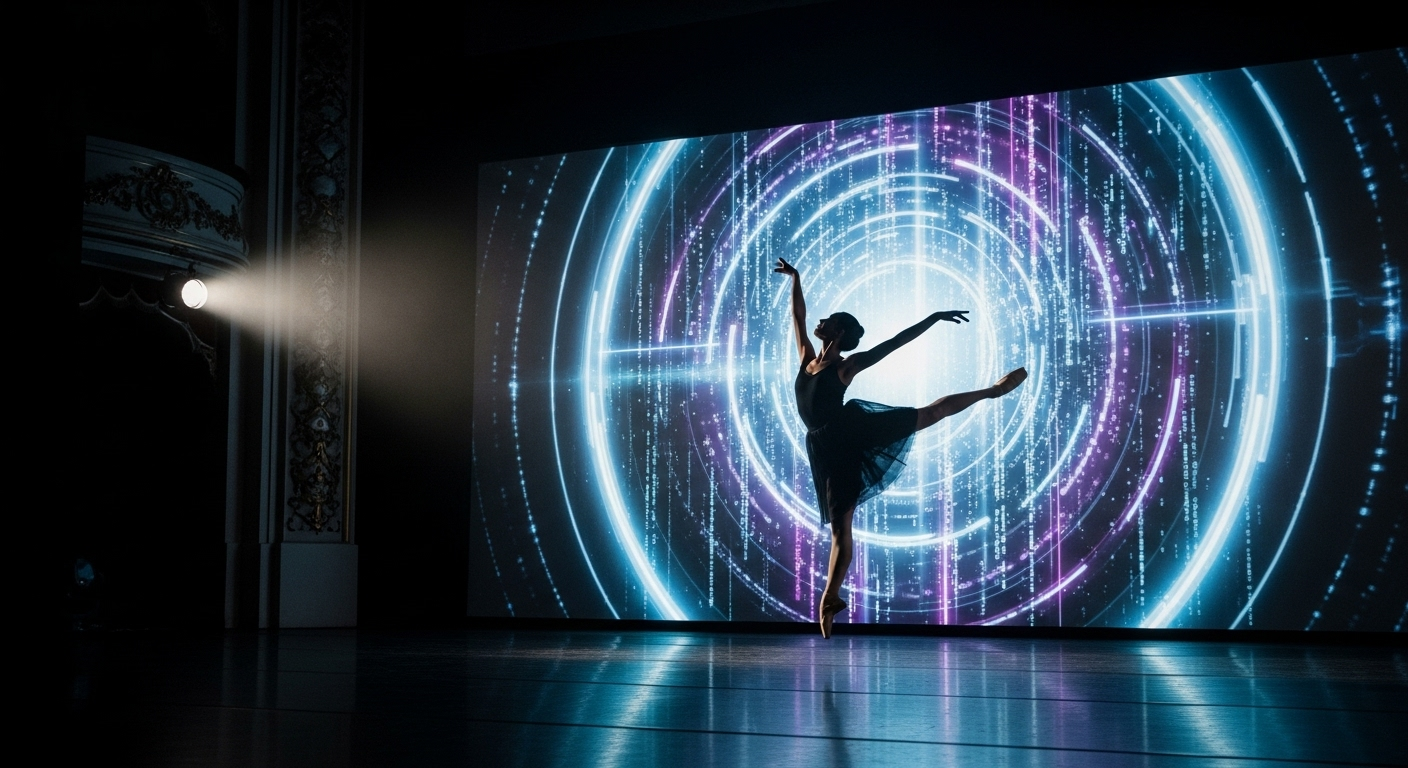Dancing in the Digital Age: Ballet's Beautiful Transformation
Introduction: The ethereal art of ballet, steeped in centuries of tradition, is stepping confidently into the digital age. This article delves into ballet's evolution and its current innovations, redefining this classic art form for a modern audience.

Ballet: A Brief History
Before we pirouette into the present, let’s take a brief look at ballet’s past. Originating in the Italian Renaissance courts of the 15th century, ballet was a dance interpretation of fencing. It quickly spread to the French court, where it developed further under Louis XIV, himself an avid dancer. Ballet solidified its techniques and vocabulary, which are still in use today, during this era.
The Digital Leap
Fast forward to the 21st century, ballet, like many other art forms, is grappling with the digital revolution. YouTube, Instagram, and other social media platforms have become powerful tools for ballet companies to reach a wider audience. Whether it’s sharing snippets of rehearsals, behind-the-scenes footage, or full performances, the digital age has opened up new possibilities for ballet to engage and inspire.
Ballet Streaming: A New Stage
The COVID-19 pandemic has accelerated ballet’s digital transformation. With theaters shut worldwide, ballet companies turned to digital platforms to keep their art alive. Streaming performances have brought ballet from the grand stage to the intimate setting of our homes, creating a unique viewing experience. This innovative solution not only kept companies afloat during the crisis but also attracted a new demographic of viewers who might not have considered attending a ballet performance previously.
The Impact of Technology on Choreography
The influence of the digital age is not limited to how ballet is consumed but also how it’s created. Choreographers are using technology in innovative ways, such as incorporating virtual reality and digital effects in their productions. This fusion of technology and art is redefining the boundaries of ballet, pushing it into unchartered territories.
Ballet in the Future
As ballet continues to adapt and evolve in response to the digital age, one thing remains certain: the timeless beauty of this art form endures. The future of ballet may be more inclusive, accessible, and connected than ever before, thanks to the power of technology. However, the essence of ballet—its grace, discipline, and ability to evoke emotion—remains untouched, proving that even in a changing world, some things are truly timeless.
In conclusion, ballet’s digital transformation is a testament to the art form’s resilience and adaptability. While technology presents new avenues and challenges, the heart of ballet remains unchanged. It is a dance that continues to captivate, inspire, and move audiences—whether they’re seated in a grand theater or watching from their living room.





